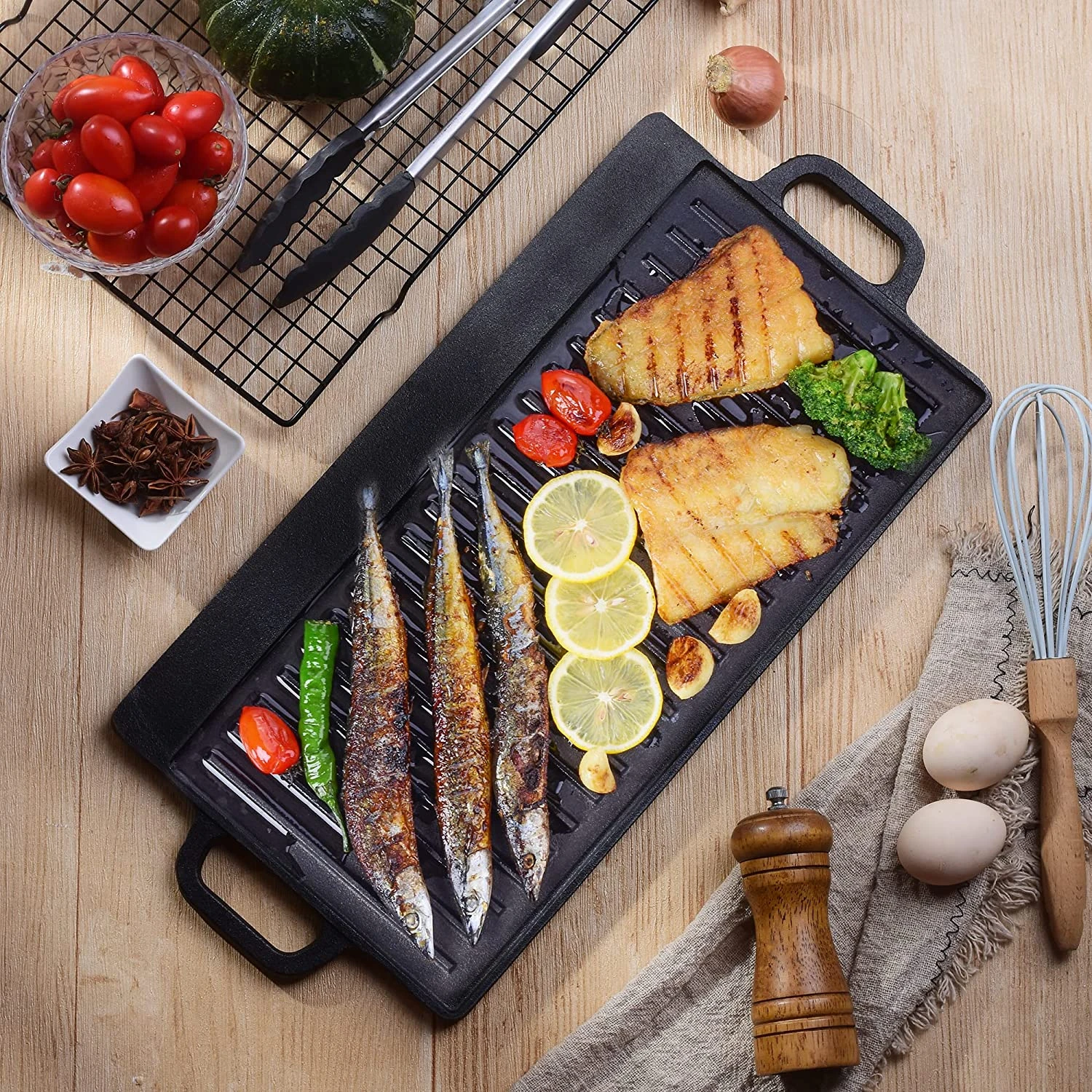
cast iron dutch oven with lid
The Timeless Appeal of the Cast Iron Dutch Oven with Lid
The cast iron Dutch oven with lid is a classic culinary tool that has been cherished by home cooks and professional chefs alike for centuries. Known for its versatility, durability, and excellent heat retention, this kitchen essential is perfect for a wide range of cooking techniques, including braising, baking, frying, and simmering.
A Brief History
The origins of the Dutch oven can be traced back to the 18th century in Europe, where it gained popularity for its robust construction and ability to distribute heat evenly. The term Dutch oven is believed to have derived from the methods used in the Netherlands for casting metal pots. Over time, this cookware made its way to America, where it became a staple in every household. The addition of a tight-fitting lid only increased its practicality, allowing dishes to be prepared with moisture retention in mind, making it ideal for stews and roasts.
Why Choose a Cast Iron Dutch Oven?
1. Versatility One of the most significant advantages of a cast iron Dutch oven is its versatility. Whether you’re simmering a hearty stew, baking crusty bread, frying chicken, or roasting vegetables, this pot can handle it all. Many recipes require transitioning from stovetop to oven, and the Dutch oven excels in both environments, making it a favorite for one-pot meals.
2. Excellent Heat Retention Cast iron is known for its ability to retain and distribute heat evenly. This means that once heated, a Dutch oven stays hot longer, allowing for more consistent cooking. This feature is particularly beneficial for slow-cooking recipes that require low, steady temperatures.
3. Durability With proper care, a cast iron Dutch oven can last a lifetime, if not longer. Unlike non-stick or aluminum cookware, which can suffer from scratching or warping, cast iron becomes better with age and seasoning. The more it is used, the more it develops a natural non-stick surface due to accumulated oils and fats.
4. Health Benefits Cooking with cast iron can also boost your dietary iron levels. Small amounts of iron can leach into food cooked in a Dutch oven, providing an additional source of this essential nutrient, which is particularly beneficial for individuals who may be at risk of iron deficiency.
cast iron dutch oven with lid

Cooking with a Dutch Oven
Using a cast iron Dutch oven is a straightforward process, but there are some tips to keep in mind to maximize your cooking experience
- Preheat Wisely Always preheat the pot on a low flame before adding ingredients. This ensures even cooking and prevents food from sticking.
- Seasoning Matters While many modern Dutch ovens come pre-seasoned, maintaining this seasoning is crucial. A well-seasoned pot will not only enhance flavor but also make cleaning easier. Avoid using soap when cleaning; a simple scrub with warm water and a stiff brush is usually sufficient.
- The Lid’s Role The lid of the Dutch oven is essential for creating a moist cooking environment. When roasting or baking, the lid traps steam, keeping the food tender and flavorful. For crispy finishes, recipes often recommend removing the lid towards the end of the cooking process.
Care and Maintenance
To ensure the longevity of your cast iron Dutch oven, proper care is essential. After each use, it’s important to clean it gently, avoiding harsh detergents that can strip away seasoning. After washing, dry it thoroughly and apply a thin layer of oil to maintain the seasoning and prevent rust.
Conclusion
In conclusion, the cast iron Dutch oven with lid is more than just a cooking pot; it's a timeless investment that can elevate your culinary skills and enhance the flavors of your meals. Whether you're a novice cook or an experienced chef, having a Dutch oven in your kitchen arsenal is invaluable. Its ability to create rich, hearty dishes, coupled with its durability and versatility, makes it a piece of cookware that will undoubtedly stand the test of time. Embrace this culinary classic, and discover the countless delicious possibilities it offers!
-
Season Cast Iron Perfectly with GPT-4 Turbo TipsNewsAug.01,2025
-
High Quality Cast Iron Cookware - Baixiang County Zhongda MachineryNewsAug.01,2025
-
Premium Cast Iron Pan: Durable & Perfect HeatNewsAug.01,2025
-
High Quality Kitchen Durable Black Round Cast Iron Cookware Pancake Crepe Pan-Baixiang County Zhongda Machinery Manufacturing Co., Ltd.NewsAug.01,2025
-
Cast Iron Cookware - Baixiang County Zhongda Machinery | Nonstick, Heat ResistanceNewsAug.01,2025
-
High Quality Kitchen Durable Black Round Cast Iron Cookware - Baixiang County Zhongda Machinery | Non-Stick, Heat Retention, DurableNewsJul.31,2025


